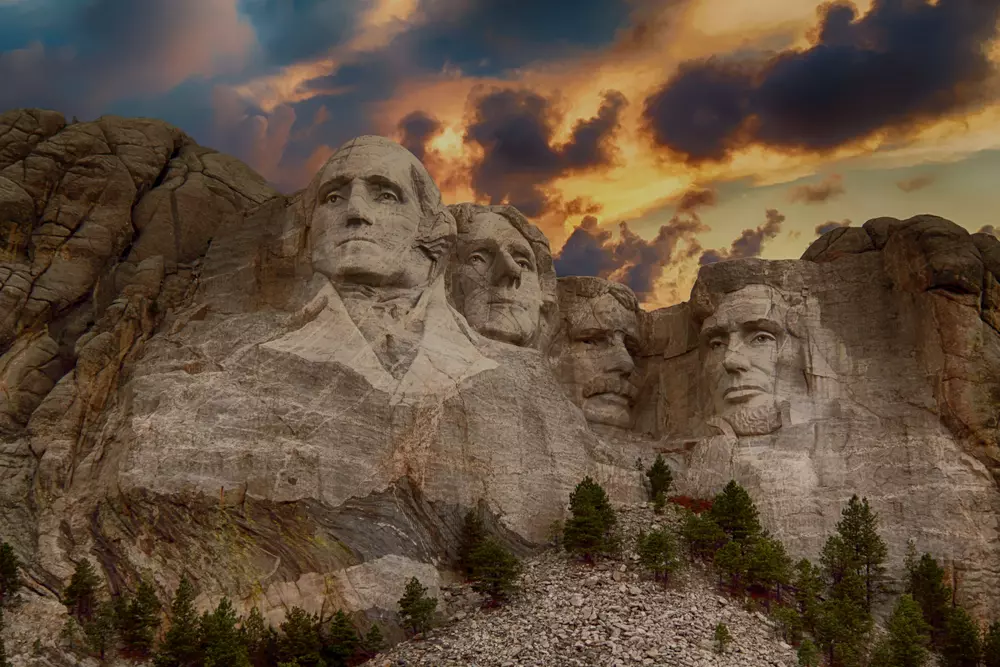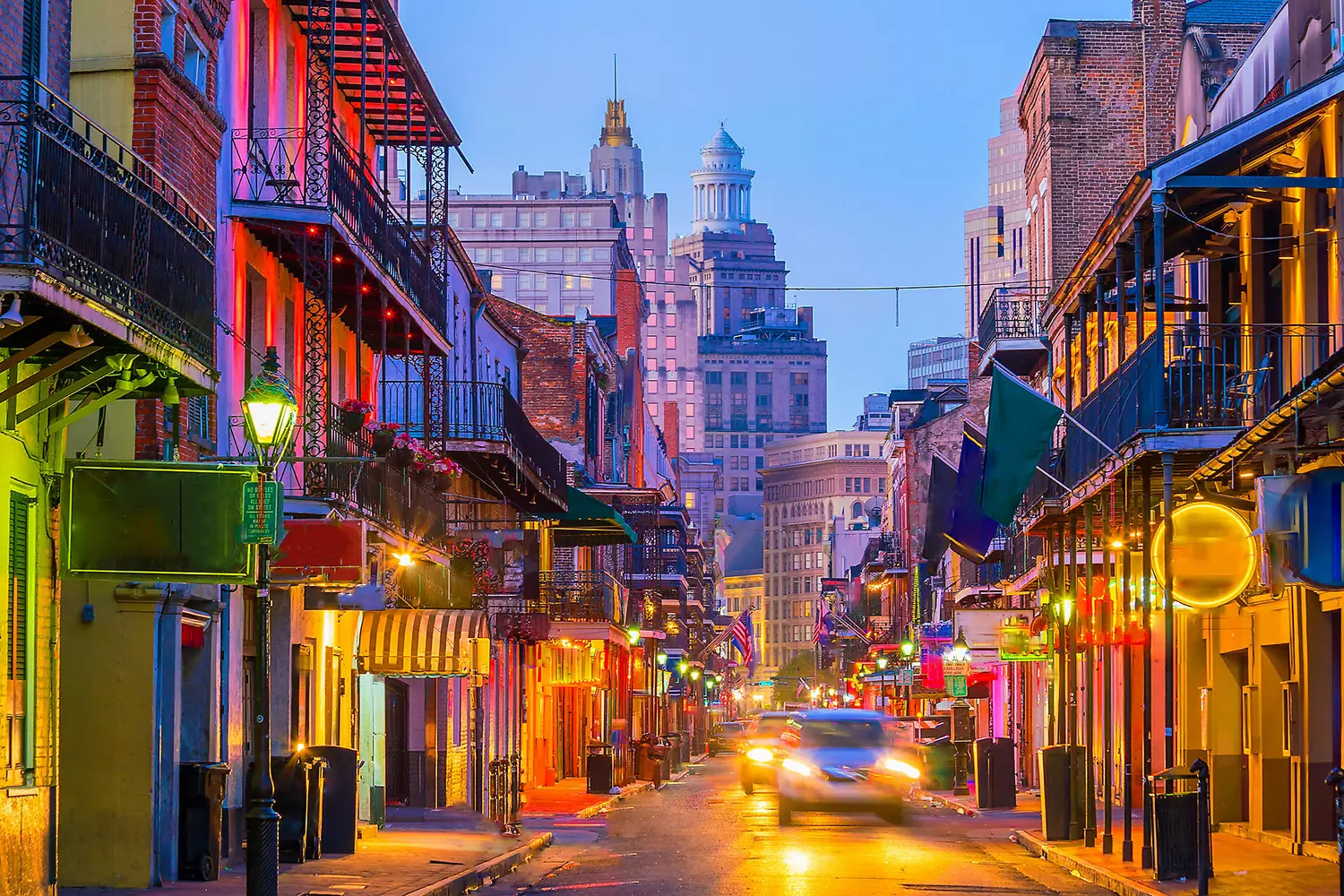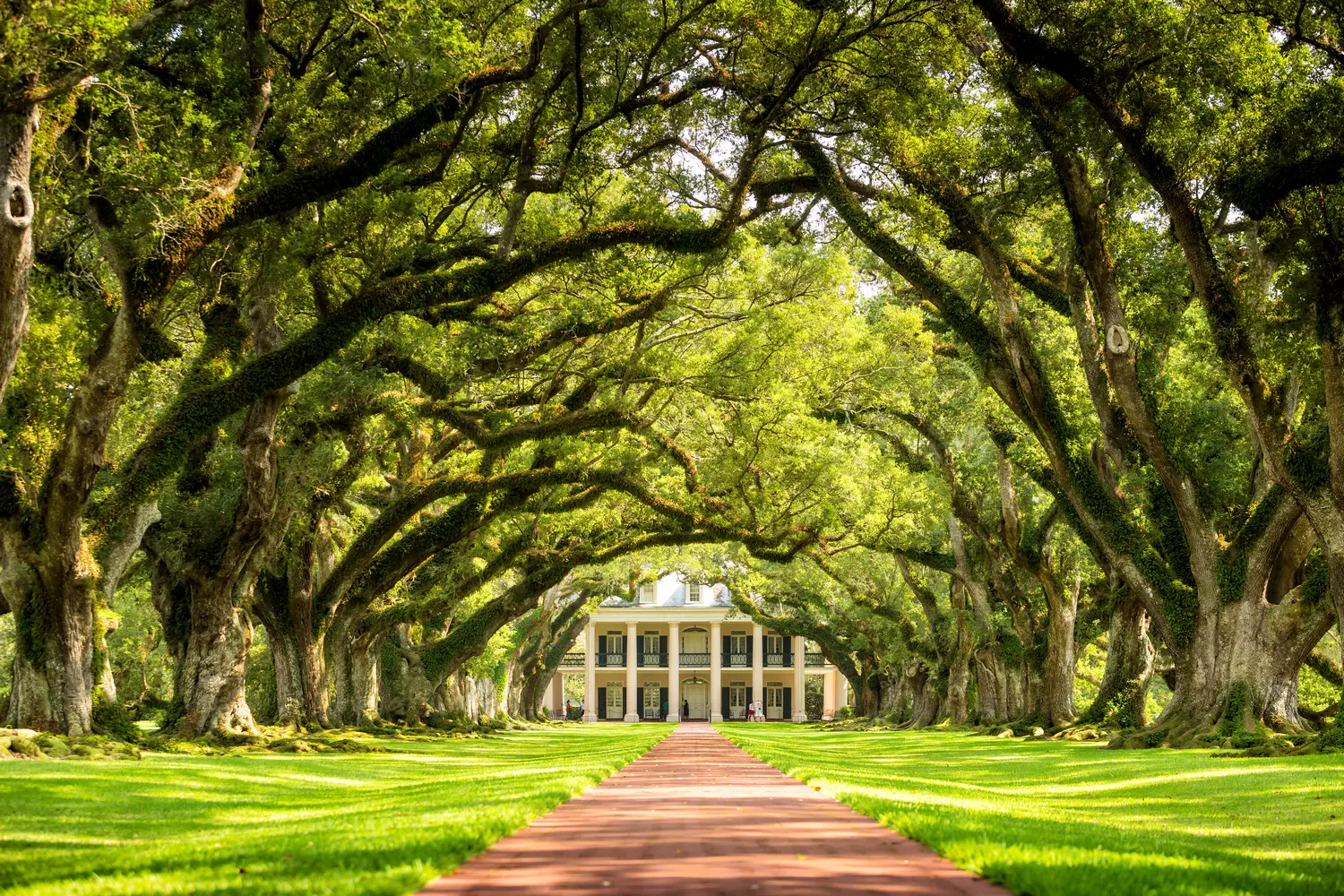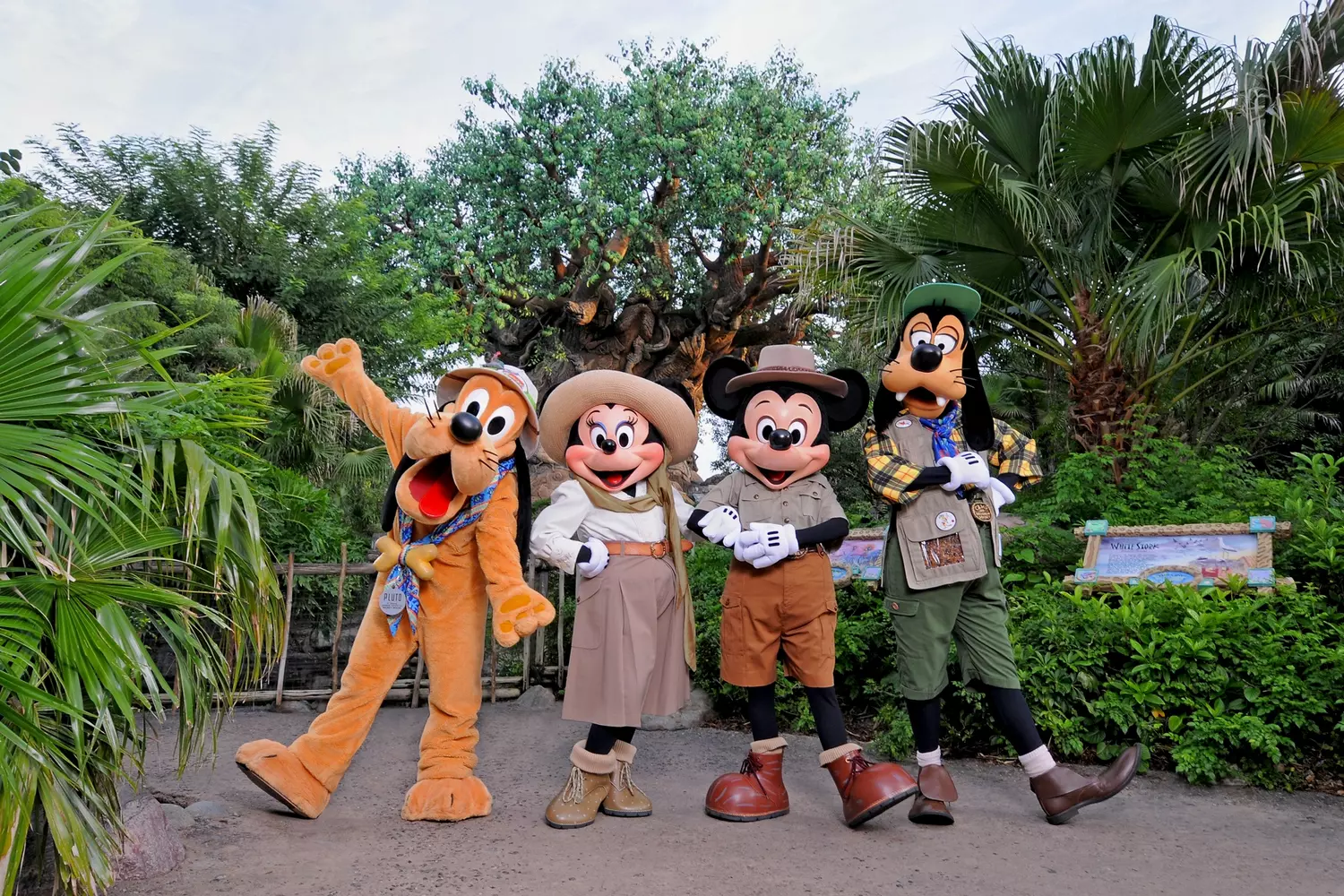Silicon Valley is the unofficial name for the southern part of the San Francisco Bay Area in the state of California. Here, among green hills, campuses, and highways, companies have grown that have literally changed our world.
Today, you are holding a smartphone, searching for information through Google, communicating on Instagram, or watching movies on Netflix — and all of this is somehow connected to Silicon Valley.
But this region is not just the headquarters of global corporations. It is a special atmosphere of freedom of thought, experimentation, and the desire to achieve the impossible. Here, people are not afraid to fail. They are afraid not to try. Facts:
- The valley is home to more than 2,000 technology companies;
- The founders of Google, Tesla, Instagram, LinkedIn studied at universities in Silicon Valley;
- About 40% of all venture capital investments in the USA are concentrated here.
Silicon Valley is not just about technology. It is about boldness of thought, about an idea that outpaces reality.
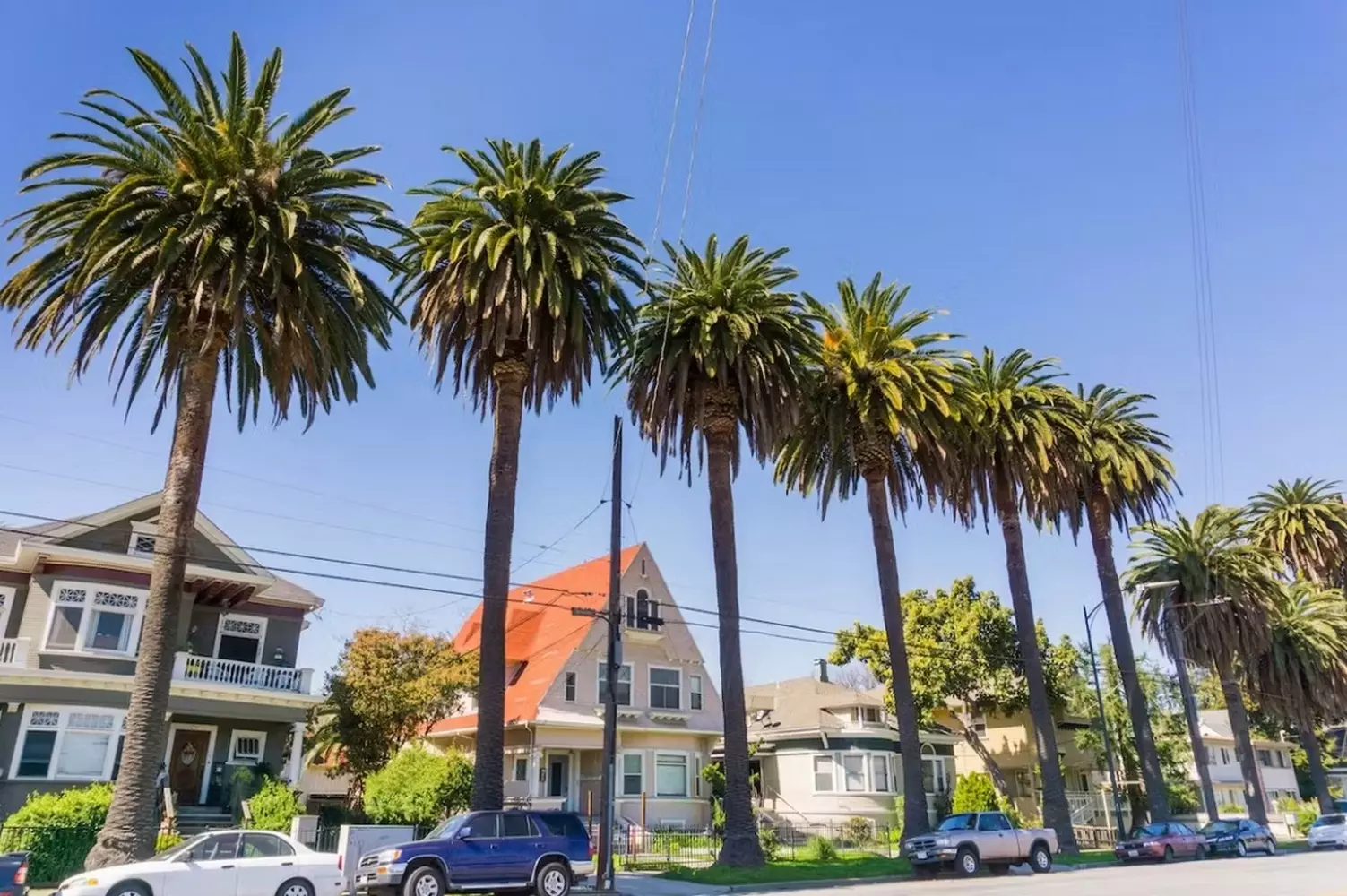
"The Valley is a place where people seriously discuss how to relocate humanity to Mars, but can't find a taxi." — Sheryl Sandberg (Facebook)
From Apricots to Microchips: How Silicon Valley Was Born
Long before the rise of IT companies, this territory was known as the "Valley of Happiness" — a fertile region where apricots, peaches, plums, and nuts were grown. Until the mid-20th century, it was an agricultural area with quiet towns, farms, and endless orchards.
The turning point came in 1939, when two Stanford graduates, William Hewlett and David Packard, rented an ordinary garage in Palo Alto and founded the company Hewlett-Packard. This very garage became a symbol of the birth of the technology era. It would later be called the "cradle of Silicon Valley."
An equally important role was played by Stanford professor Frederick Terman. He was the first to understand that a university should be not only an educational but also an entrepreneurial center. Terman actively encouraged students to start businesses and even provided them with resources to get started. He supported the first founders of HP and later helped establish the Stanford Industrial Park — the first of its kind. Here, young tech companies could lease land and collaborate closely with scientists. This became a unique example of synergy between science and entrepreneurship, especially for that time.
Stanford became not just a training ground for talent, but a true accelerator of technological ideas. The first lines of code for future IT revolutions were written in its classrooms, and discussions on its campuses shaped the direction of entire industries.
The Semiconductor Era — the true birth of the Valley
The technological catalyst came in 1956, when William Shockley, one of the inventors of the transistor and a Nobel laureate, opened the Shockley Semiconductor Laboratory in Mountain View. Shockley dreamed of changing the industry but turned out to be a terrible manager: his authoritarian style and poor communication led to a rebellion within the team.
Eight key engineers left Shockley Semiconductor and founded the company Fairchild Semiconductor. Among them were Robert Noyce and Gordon Moore — the future founders of Intel. At Fairchild, the first commercially successful integrated circuit appeared. It became the building block of all modern electronics — from computers to smartphones.
Fairchild soon became a true incubator of future giants: its employees later founded dozens of other companies, including AMD, National Semiconductor, and Intel itself. This gave rise to a wave of entrepreneurship known as "Fairchildren" — the descendants of Fairchild.
Thanks to the success in developing semiconductors based on silicon, the region got its name — Silicon Valley. Silicon — a key chemical element forming the basis of microchips and integrated circuits, without which modern computers, phones, and the internet would be impossible.
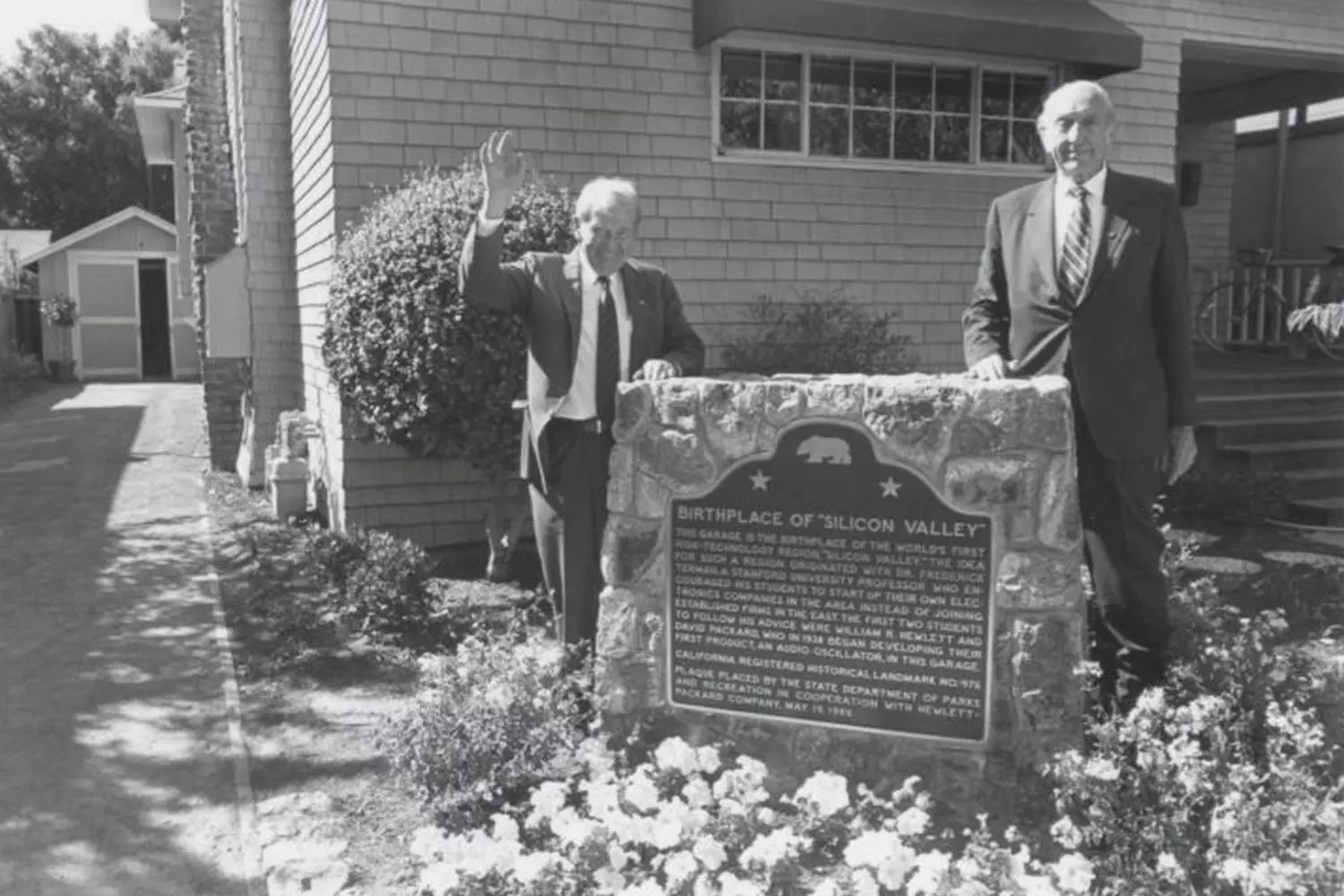
Map of the Future: Geography and Cities of Silicon Valley
Silicon Valley is not just a point on the map, but a true network of cities, where each district is like a microchip in a vast system of technological progress. Despite its unofficial status, Silicon Valley has clear geographical boundaries that are worth exploring separately.
On the map, Silicon Valley covers the southern part of the San Francisco Bay Area and includes:
- Santa Clara County (the main and most technologically dense area);
- Parts of San Mateo, Alameda, and even San Francisco counties.
The total area is about 4,000 square kilometers, and within this compact land lies the highest concentration of startups, research centers, and headquarters of tech giants in the world.
Main Cities and Their Roles
- San Jose
The largest city in the valley, a financial and transportation hub. Home to offices of Cisco, eBay, Adobe, and PayPal. It is also one of the most multicultural cities in the USA. - Palo Alto
The intellectual core of Silicon Valley. Home to Stanford and the founding place of Hewlett-Packard. Nearly every third startup has roots here. - Mountain View
A center of attraction thanks to the Googleplex. This city hosts the X labs (formerly Google X), where self-driving cars, augmented reality glasses, and other futuristic projects are developed. - Cupertino
Home of Apple. It hosts the famous “spaceship” — Apple Park. The city is very quiet, green, and expensive, with a population almost entirely employed in the tech industry. - Menlo Park
Headquarters of Meta (Facebook). A city known for its culture of openness, startup infrastructure, and residential neighborhoods for major company employees. - Santa Clara
The semiconductor industry hub. Home to Intel and Levi’s Stadium, the home arena of the NFL San Francisco 49ers. - Sunnyvale
A city where technology meets nature. It hosts offices of LinkedIn, Yahoo, and Juniper Networks. Well-planned streets, parks, and business districts make it a comfortable place both to work and to live.
Each city has its own unique character, but together they create a unique ecosystem where business, education, and technology intertwine daily. In the morning, ideas for startups may be born here; by day, investment meetings take place; and in the evening, a Nobel laureate might give a lecture at a local café.
Silicon Valley is a mosaic where each city is like a piece of stained glass, reflecting its own color, style, and contribution to the common cause — the technological future of the world.

Tech Titans: Who’s Shaping the Future of Silicon Valley
Silicon Valley is not just a region filled with big company offices. It is a true magnet for geniuses, inventors, and entrepreneurs who create technologies that change the world. In this living organism, the main "architects" are companies whose names are known from schoolchildren to presidents.
- 01. Google (Mountain View)
Google is the heart of the search revolution and one of the most recognizable companies on the planet. Its headquarters, the Googleplex in Mountain View, is a mini-city with bicycles of every color of the rainbow, relaxation zones, nap pods, and cafes where employees eat for free. Google owns not only the search engine but also YouTube, Android, Gmail and hundreds of other projects, including developments in artificial intelligence, quantum computing, and medicine. - 02. Apple (Cupertino)
Apple Park is a ring more than 500 meters in diameter, housing about 12,000 employees. It is so futuristic that it resembles an alien base. Here, they work on iPhone, Mac, Apple Watch, and also develop their own processors and operating systems. The campus runs almost entirely on solar energy, and the glass walls create a feeling of open space. - 03. Meta (Menlo Park)
Mark Zuckerberg's company, formerly known as Facebook, has long gone beyond just a social network. Today, Meta focuses on the metaverse, virtual and augmented reality. The Meta campus resembles a city with its own infrastructure, art installations, and brainstorming zones.
The headquarters in Menlo Park combines modern design with a startup atmosphere, informal culture, and creative freedom. Meta’s motto is always "Move fast and break things" — reflecting the spirit of experimentation and rapid development. Fun fact: the headquarters’ address sign reads "1 Hacker Way" — a real address. - 04. Intel (Santa Clara)
Intel is a legend in the world of microprocessors. The first commercial microprocessor was created here in 1971. Today, Intel develops processors, server chips, networking solutions, and advanced computing architectures. Their Santa Clara campus is not just an office but a museum of innovations where you can see chips that changed the course of history. - 05. Tesla (Palo Alto)
Tesla is a symbol of an eco-friendly and bold future. Here, they design electric cars, solar panels, batteries, and much more. For a long time, the company’s main office was located in Palo Alto, in the very heart of the valley. The office atmosphere mixes startup culture with ambitions on a NASA level. Tesla not only creates cars but also changes the very approach to transport and energy. Under Elon Musk’s leadership, Tesla pushed electric vehicles from a niche market to the mainstream, proving that eco-friendly cars can be fast, stylish, and high-tech. In Palo Alto, Tesla develops not only electric cars but also batteries, autonomous driving systems, and solar energy solutions. Tesla is a symbol of a new era of sustainable technologies. - 06. NVIDIA (Santa Clara)
NVIDIA is a leader in developing graphics processing units (GPUs) that enable modern computer graphics, gaming, and artificial intelligence. Their technologies power the world’s most powerful supercomputers and data centers. The company actively participates in developing technologies for autonomous vehicles, robotics, and virtual reality. - 07. Cisco Systems (San Jose)
Cisco is a global leader in networking technologies, providing connectivity and security for millions of companies and organizations. Their equipment and software form the backbone of the internet and corporate networks worldwide. The San Jose headquarters is a center for innovation in cybersecurity and cloud services. - 08. Adobe (San Jose)
Adobe is the creator of legendary design, photo, and video editing programs including Photoshop, Illustrator, and Premiere Pro. The company inspires creators worldwide and actively develops cloud solutions for creative professionals. Adobe is an example of a successful transition from traditional software to subscription-based services. - 09. Zoom Video Communications (San Jose)
Zoom has become synonymous with video conferencing and remote work, especially during the pandemic. Its ease of use and stable quality have made it indispensable for millions of users. Zoom continuously implements new features, including virtual spaces and integrations with business tools. - 10. Salesforce (San Francisco / San Mateo)
Salesforce is a leader in cloud CRM systems and business solutions. The company revolutionized customer management by making services accessible from anywhere and any device. Salesforce invests heavily in artificial intelligence and business process automation. Its headquarters, located near Silicon Valley, has become a symbol of success in the SaaS industry.
These companies don’t just create offices — they build ecosystems: campuses, labs, corporate universities, startup incubators, their own schools, and even cultural initiatives. Working in such places is a chance to touch a world where technology becomes art, and ambition is the driving force of society.
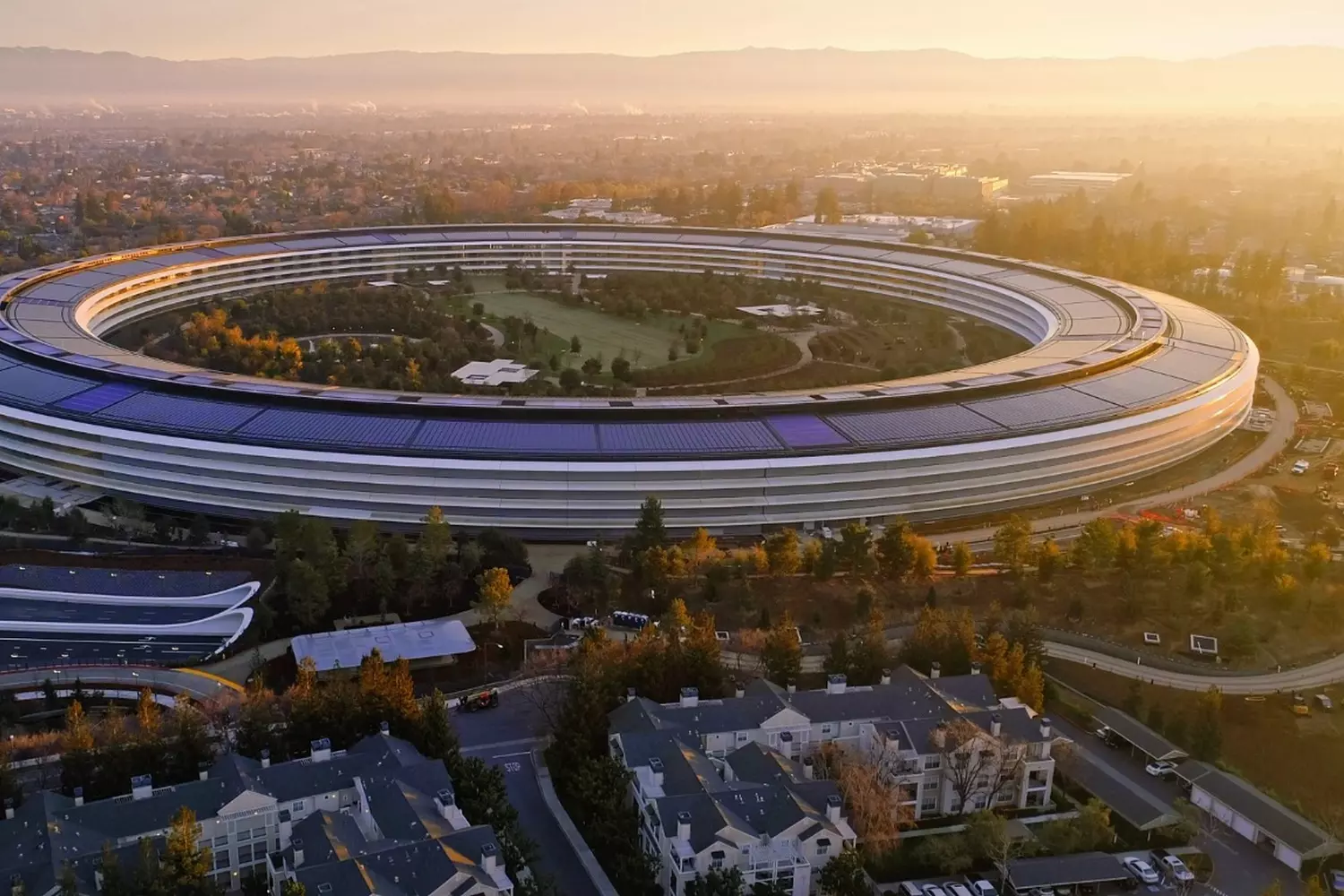
Silicon Valley Startup Culture: Where Failures Are Fuel for Success
In Silicon Valley, they don’t just create technology — here a unique culture of entrepreneurship is born, which has become the true engine of innovation worldwide. This is not a place for those afraid to take risks or hide behind status and formal achievements. Here, boldness of thought, quick reactions, and the ability to learn from mistakes are valued.
- 01. Why is the startup culture like this?
Unlike traditional businesses, where experience, years of work, and "status" often matter, in Silicon Valley it’s the opposite. Here, they don’t value certificates and titles but how quickly you can turn an idea into action. The main things are ambition and speed of thinking. It is common here to:
- Fail fast — not be afraid to launch a product even if it’s rough, to get feedback faster and improve it.
- Learn faster — every failure is seen as a priceless lesson bringing you closer to success.
- Take risks and move on — better to endure a temporary failure than to get stuck in endless doubts.
- 02. “Fail fast, learn faster”: a philosophy that changes the rules of the game
This is not just a slogan, but a real philosophy. Imagine you’re launching an app or a service. Instead of working for years in a vacuum creating a “perfect” product, in the Valley they do the following:
- Launch a minimally viable product (MVP) — to get real feedback.
- Analyze what users didn’t like, which features work, and what needs urgent changes.
- Quickly make adjustments and test again.
Thus, failures turn into stepping stones to success. And those afraid to take the first step simply stay in the shadows.
- 03. Investors look for personalities, not just projects
In Silicon Valley, venture capitalists focus less on business plans and more on the entrepreneurs themselves. Why?
- Because a startup is primarily a team and its drive.
- Investors want to see passion, perseverance, and willingness to go all the way.
- Sometimes the idea may be simple, but with a strong leader it becomes breakthrough.
It’s common when a project with a non-perfect idea on paper still gets funding because investors believe in the founders’ potential.
- 04. One coffee — the start of a multimillion-dollar partnership
In the Valley, business relationships often form not in conference rooms but over a cup of coffee in a small cafe or even on a walk in the park. Human communication and live interaction matter here.
Imagine: you attend a meetup, meet an investor, share your passion and ideas. A few days later you’re already discussing details of a multimillion-dollar deal. This is not fantasy but part of everyday reality. - 05. The main thing — don’t be afraid to ask for help
There’s no place for pride or unwillingness to show weaknesses here. On the contrary, to move forward, you need to openly ask for:
- Advice from experienced mentors;
- Help with networking;
- Investments for scaling.
This culture of mutual support and assistance is one of the main reasons why Silicon Valley became the place where global tech giants are born.
Why do startups choose Silicon Valley?
- Ecosystem
Near the offices of major companies are investors, accelerators, law firms, and IT specialists ready to help at any stage of development. - Access to capital
About 40% of all US venture capital investments are concentrated here — billions of dollars annually. - Cultural openness
Failure here is not seen as the end but as a valuable experience and a springboard to the next success. - Network of contacts
You can easily meet a mentor, partner, or client at one of hundreds of professional events, conferences, and meetups.
People who change the world
The success stories of Silicon Valley are not just about companies but about people with extraordinary energy and vision.
- Elon Musk
An engineer and visionary dreaming of colonizing Mars and making electric cars commonplace. - Sergey Brin and Larry Page
Stanford students who created the algorithm that changed internet search. - Sheryl Sandberg
One of the most influential women in IT, inspiring millions with her example and the book “Lean In.”
Each of them went through doubts, mistakes, and failures, but faith in their idea and persistence led to massive changes in the world.
In Silicon Valley, it is said that “an idea without execution is just a dream.” Here, ideas turn into prototypes in days, and the first customers appear within weeks.
- Hackathons
Intensive marathons of programming and product development where breakthrough solutions are born in 24–48 hours. - Incubators and accelerators
Startup support programs that help with funding, mentoring, and market entry. - Collaborations
Even competitors often join forces to jointly promote technological trends and standards.
Interesting fact: Over 50% of Silicon Valley startups are founded by immigrants or children of immigrants. This reflects the global nature of innovation and openness to talent from all over the world.
Silicon Valley’s startup culture is a unique mix of speed, courage, and perseverance. Here, every failure is not the end but a new beginning. Ideas turn into businesses, and people — into leaders. It’s a place where dreams don’t just come true but are born anew at every step.
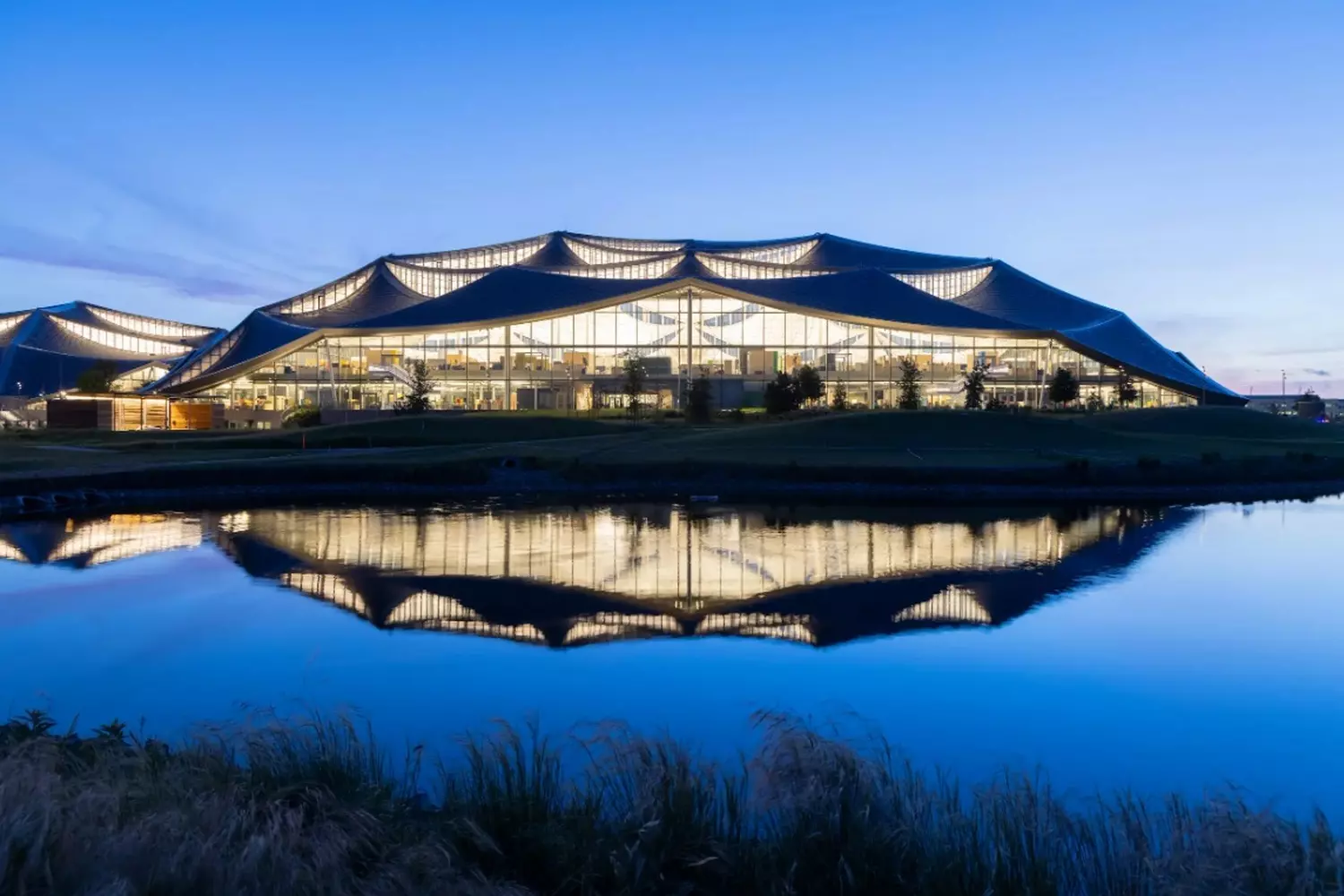
Life in Silicon Valley: Where Innovation Meets Harmony and Inspiration
When you hear "Silicon Valley", images of server rooms, complex algorithms, and a constant stream of startups immediately come to mind. But life here is much more than just technology and code. It is a unique blend of work and leisure, a fast pace of innovation and tranquil nature, cultural diversity and creative freedom.
- 01. A Climate That Inspires
One of the main advantages of living in Silicon Valley is its amazing climate. Unlike harsh winters and stifling summers, here the weather is mild and comfortable year-round. Warm sunny days with a light breeze from the Pacific Ocean create perfect conditions for walks, sports, and simply living outdoors.
This climate encourages an active lifestyle: early morning runs, bike rides, and outdoor yoga sessions are common for valley residents. - 02. Nature Within Arm’s Reach
Silicon Valley is not only a tech hub but also an area rich in nature. Just 20–30 minutes' drive from offices and residential complexes, you can find real natural oases:
- Half Moon Bay — Ocean Serenity and Surfing
Only 30 minutes from Mountain View, you find yourself on the shore of the Pacific Ocean. Half Moon Bay is a town with endless beaches, picturesque cliffs, and cozy cafes overlooking the surf. People surf here, run barefoot on the sand, and have picnics. It is also home to the famous Mavericks big wave competition, where waves can reach up to 15 meters! - Los Gatos & Castle Rock State Park — Hiking with Panoramas
If you want to climb higher, head to the Santa Cruz mountains, specifically Castle Rock Park. The Castle Rock Trail is one of the most popular hikes, and for good reason: it winds through redwood forests, past cliffs and waterfalls, with unforgettable views of the mountains and ocean from the summit. Nearby is the town of Los Gatos, a perfect spot for lunch after your hike — with atmospheric restaurants, wineries, and farmers' markets. - Stanford Dish — Running Among the Hills
If you prefer a light walk right "in the heart of the valley," choose the Stanford Dish Trail. This is a loop trail around the Stanford University radio telescope. Google employees train here, professors run, and sometimes you can even see deer. The panorama includes the Stanford campus, all of Palo Alto, and distant mountains. The trail is perfect for morning workouts or peaceful meditation at sunset. - Rancho San Antonio Preserve — Forests, Deer, and a Farm
One of the favorite local parks for those working at Apple or Tesla is the Rancho San Antonio Preserve. There are dozens of trails through hills, forests, and open fields. Deer, foxes, and even coyotes are often spotted. There is also a family organic farm, Deer Hollow Farm, where you can show kids goats, chickens, and piglets — right in the middle of the forest. - Muir Woods — Visiting the Sequoias
If you are willing to drive a bit further — 1 to 1.5 hours north of San Jose — you will encounter a true natural wonder: Muir Woods National Monument. This is a sacred forest of giant sequoias — trees that are 1000–1500 years old. Even the most rational engineers leave feeling something eternal and immeasurable. Soft moss beneath your feet, sky almost invisible through the canopy above. - Mission Peak — Sunrise Over the Valley
For those who like a challenge — a climb to the summit of Mission Peak near Fremont. The ascent takes about 2–3 hours, but the reward is a panoramic view of the entire Silicon Valley, San Francisco Bay, and even the Sierra Nevada on a clear day. The route is especially popular at dawn, when the first rays of the sun paint the hills gold. This place has even become an unofficial symbol of determination and ambition among local startup founders. - Baylands Nature Preserve — Nature Right in Palo Alto
If you have very little time but want a breath of nature — visit Baylands Nature Preserve. It’s part of a natural bay area near Facebook’s campus and the Stanford Research Park labs. Here you can watch birds including pelicans and herons, walk wooden paths through salt marsh lagoons, and simply feel a silence not even interrupted by Wi-Fi.
For many locals, these natural landscapes are a source of inspiration and strength, helping to balance intense work with rest.
- 03. A Unique Atmosphere in Offices and Living Spaces
Modern Silicon Valley offices are more than just workplaces. They are entire ecosystems combining comfort, creativity, and care for employees’ health. Yoga classes take place on rooftops, cafés serve organic and healthy food, and spaces are equipped for relaxation and socializing.
The concept of work-life balance is truly realized here. Numerous parks and recreation zones nearby, bike paths, and even small urban farms create a feeling of unity with nature. - 04. Cultural Life and Events That Inspire
Silicon Valley is alive not only with technology but also with culture. It’s a place where artists, musicians, entrepreneurs, and scientists meet. Regular events include:
- Art exhibitions and galleries featuring works by local and global masters;
- Music festivals and open-air concerts;
- TED conferences and themed meetings discussing pressing questions in science, art, and business;
- Culinary festivals, craft fairs, and farmers’ markets with local products;
- Communities by interests are formed here, where you can not only find inspiration but also make new connections.
- 05. People Who Change the World and Build the Future
Life in Silicon Valley is not just about working in IT. It’s the life of those who believe in a better future and are ready to put their efforts into creating it. Here live engineers, designers, researchers, educators, but also artists, volunteers, and entrepreneurs in sustainable development and ecology.
The people of Silicon Valley are a mix of talents from all over the world. Programmers from India, engineers from Germany, designers from South Korea, entrepreneurs from Israel — all united by a common desire to create something new. What sets them apart?
- Work is passion
Many approach their job as a mission, not just for a paycheck. - Flexibility and balance
The workday may include surfing on the beach, yoga, hackathons at night, and group lunches. - Learning and growth
Here, learning doesn’t stop after university — constant knowledge updating and mastering new technologies are a given. - Transparency and knowledge sharing
Open offices where you can approach and talk to any employee, common rest areas, free exchange of ideas.
Silicon Valley is a place where innovation and nature, work and creativity, ambition and warmth live side by side. Here they value not only breakthrough ideas but also quality of life, inspiration, and unity with the surrounding world.
If you dream of seeing what harmony between progress and life looks like, meeting people who change our world — welcome to Silicon Valley. It’s not just geography, but a whole universe of opportunities and inspiration.

Education — The Heart and Engine of Silicon Valley
If Silicon Valley is the brain of the global technological revolution, then its pulse and soul are the universities and educational centers that create generations of innovators, entrepreneurs, and thinkers. Without this powerful educational foundation, there would be no Google, no Facebook, no Tesla — it is here that ideas capable of changing the world are born.
- 01. Stanford University — the forge of startup founders and pioneers
Stanford is not just one of the most prestigious universities in the world; it is a true factory of innovation and startups. Founded in 1885, the university from the very beginning focused on applied sciences and close ties with business.
In 1951, Stanford became one of the first to create an industrial park (Stanford Research Park) — a space where graduates and faculty could start companies working side by side with the university. Thanks to this project, giants like Hewlett-Packard, Cisco, Google, and many others grew here.
Stanford’s hallmark is its entrepreneurial culture that permeates all levels: from lectures and research to student clubs and accelerators. In labs and hackerspaces, students work on real projects, and professors often participate in founding new companies themselves. - 02. UC Berkeley — a top technical school and research center
The University of California, Berkeley, is another crucial educational center in Silicon Valley. It is especially renowned for its programs in engineering, computer science, and natural sciences.
Berkeley attracts world-class scientists and is famous for breakthrough research in artificial intelligence, robotics, and biotechnology. The university actively collaborates with industry and government agencies, helping to transform scientific discoveries into commercially successful technologies.
Moreover, Berkeley is the birthplace of many social and technological movements that shaped the cultural and social landscape of Silicon Valley. - 03. Private coding schools and academies — new doors to the world of technology
Besides traditional universities, Silicon Valley is home to thriving specialized schools and academies such as Silicon Valley Code Academy, Coding Dojo, General Assembly, and others. They offer intensive courses focused on practical skills in programming, web development, and design.
These institutions enable rapid acquisition of in-demand professions, becoming part of the IT community, and launching careers in innovative companies. Many students in these courses come from diverse backgrounds and have decided to change their lives and join the technological revolution. - 04. University startups — laboratories of the future
One of the most unique features of Silicon Valley’s educational environment is that students don’t just acquire knowledge — they create new products and companies right on campus. Labs and research centers transform into startup incubators where each project can become the next global breakthrough.
The success stories of Facebook, Google, and YouTube began precisely in university classrooms, where students and professors combined knowledge and energy to solve real problems. Here, not only theoretical education is valued, but also the ability to bring ideas to life.
Education is the indispensable heart of Silicon Valley, giving it life and energy. Thanks to the unique synthesis of science, practice, and entrepreneurship, the valley’s universities and schools form generations who are not afraid to dream and create the future.
If you want to understand how technologies that change the world are born and see where innovation begins — you need to look here, into the educational centers of Silicon Valley. These are the places where ideas capable of changing the course of history emerge.
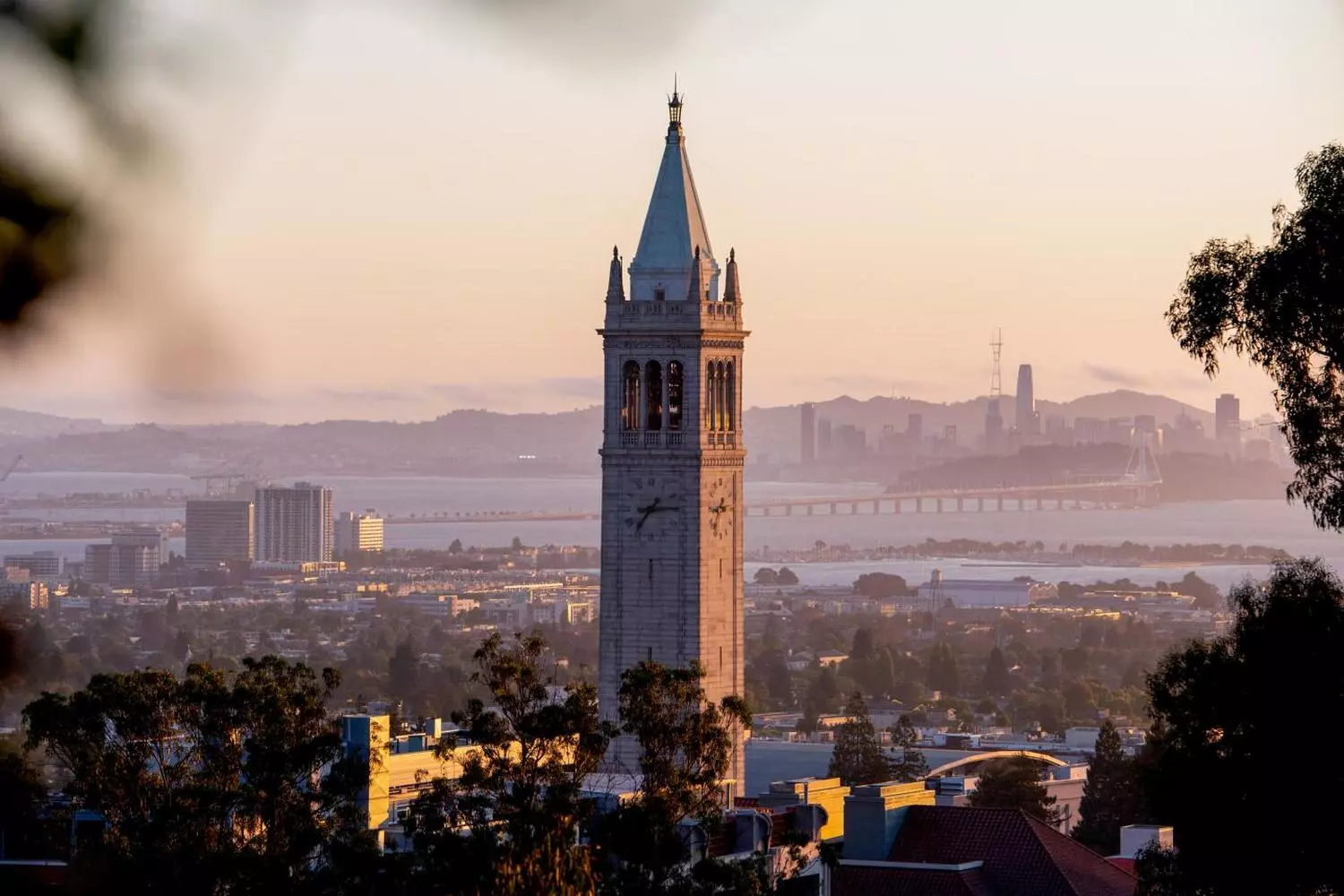
How to Get to Silicon Valley
Silicon Valley is not an unreachable dream, but a very accessible space where anyone sincerely interested in technology, entrepreneurship, or simply wanting to experience the atmosphere of the future can come. And it’s not necessary to be an IT specialist or a big investor — the opportunities to visit and participate here are surprisingly diverse.
- 01. Tours — a step toward the world of technology
One of the simplest and most exciting ways to get acquainted with Silicon Valley is through tours of the headquarters of the largest tech companies. Such tours allow you to see the legendary offices of Google, Apple, Tesla, and Meta from the inside, learn the stories behind startups, and feel the spirit of innovation.
Many companies open visitor centers where you can explore the latest products, interactive exhibits, and souvenir shops. For example, Apple Park in Cupertino offers an amazing architectural experience, while Googleplex in Mountain View is famous for its colorful bikes and cozy green spaces for employees. - 02. Education and conferences — absorb the knowledge and energy of the Valley
If you want to dive deeper — come to training courses and workshops. Silicon Valley hosts hundreds of educational programs, from intensive programming courses to business incubators and startup accelerators.
Also, global conferences and forums take place here, such as TechCrunch Disrupt, Google I/O, and many others, which gather top experts, investors, and innovators from around the world. Participating in these events is a great way to make valuable connections and get inspired. - 03. Visas and immigration — the path to the life and work of your dreams
For those planning to stay in the Valley long-term, there are various visa programs. The Startup Visa allows entrepreneurs to open businesses and attract investment. There are also work visas for highly qualified specialists — this is how many talented developers and engineers move to the US.
And a tourist visa allows you to come for a short visit to explore key places and feel the unique atmosphere of the Valley.
Must-see places in Silicon Valley
- Apple Park Visitor Center
An architectural marvel and symbol of innovation, where you can learn about the company’s philosophy and see unique exhibits. - Googleplex
Google’s headquarters, famous for its colorful bicycles, green spaces, and creative atmosphere. - Meta (formerly Facebook) Office
An interactive world map and modern workspaces where ideas for global social networks are born. - Computer and Innovation History Museums
For example, the Computer History Museum in Mountain View, which houses artifacts from the first computers to modern gadgets.
Visiting Silicon Valley means opening the door to a world of innovation and new opportunities. Here, you can not only see how technologies are created but also become a part of them. And while it may sound like science fiction — in reality, the path to the Valley is open to anyone ready to take the first step.
Ready to immerse yourself in the atmosphere of the future? The world of Silicon Valley is waiting for you!
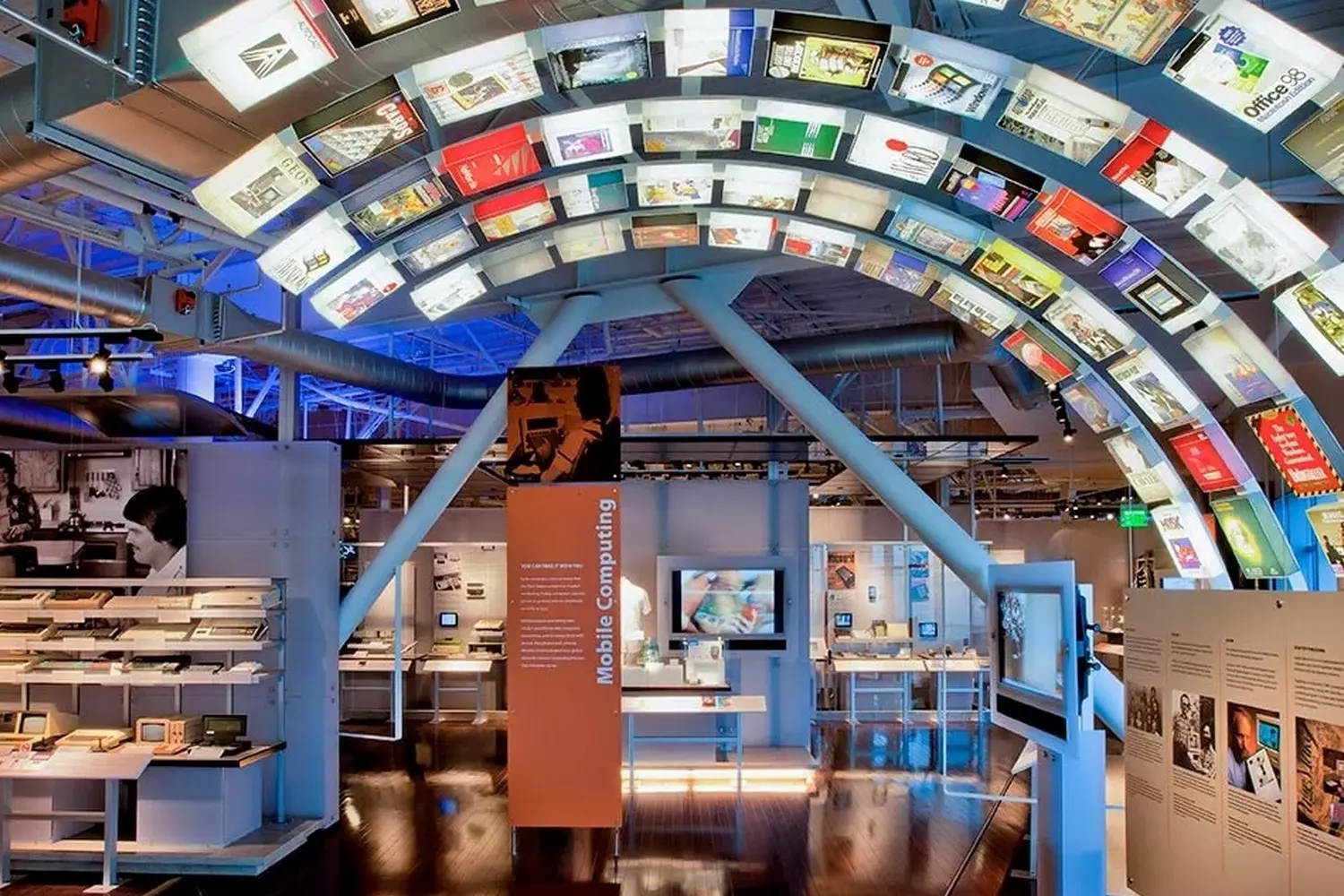
Silicon Valley: 15 Surprising Facts About the Digital Mecca
Silicon Valley is not just startups, billions, and innovations. Behind the glossy facades of IT giants lie strange traditions, bizarre failures, and incredible success stories. Empires were born in garages here, and geniuses made mistakes that today seem absurd. Want to know how the Valley really works?
- 01. The name — a random joke
The term “Silicon Valley” was coined by journalist Don Hoefler in 1971. He simply played on the abundance of companies working with silicon chips. The locals initially hated the name. - 02. The Valley’s first startup wasn’t Apple
Before the IT boom, they made... radios. In 1909, Federal Telegraph Corporation appeared in Palo Alto — the region’s first tech company. - 03. PayPal — incubator of billionaires
Former PayPal employees founded YouTube, Tesla, LinkedIn, Yelp, and Palantir. They are known as the “PayPal Mafia.” - 04. Facebook — a college project
Zuckerberg created TheFacebook in 2004 only for Harvard students. Within a month, all Ivy League universities joined in. - 05. The Valley has a “startup graveyard”
In San Francisco, servers from thousands of failed projects are stored. The most famous “corpse” is Juicero (a $700 juicer dismantled in one day). - 06. Google pays employees for... idleness
The “20% time” program lets employees spend one day a week on personal projects. Gmail and AdSense were born this way. - 07. Amazon started selling books... in a garage
Bezos rented a garage in 1994. Amazon’s first site was called Cadabra.com (from “abracadabra”), but lawyers confused it with “cadaver.” - 08. The first Macintosh testers were hippies on LSD
In 1984, Apple secretly invited a group of hippie programmers to test the first Mac. The condition: they had to work... on psychedelics. The result? “It’s like painting with light!” exclaimed one of them. - 09. Tesla tested autopilot on... dead pigs
In 2016, engineers used pig carcasses to calibrate body recognition sensors. “They perfectly imitate humans,” the company justified. - 10. Apple has a “room of fear”
This is a secret storage for prototypes of failed products: from iPhones with physical keyboards to “smart” sneakers. Only five people have access. - 11. The first Twitter server was cooled with an ice bath
In 2006, due to overheating, the team stayed by the server for days, putting ice from the nearest supermarket. Once they forgot to drain the water — and flooded the office. - 12. Google X tests ideas... on preschoolers
The Google X lab uses the “5-year-old test”: if kids don’t understand the idea in 30 seconds, the project is shut down. That’s how underwater surfing glasses were killed. - 13. The first YouTube office was above a pizzeria
The founders paid rent... with pizza. The owner still receives 0.001% of shares (about $500,000 per year). - 14. The most expensive bug in history — $475 million
In 2012, a code error caused Knight Capital to lose this amount in 45 minutes. The company went bankrupt, and the glitch was called the “algorithm killer.” - 15. Saying “problem” is forbidden in Apple Stores
Employees are trained to replace this word with “situation.” Violators are sent to “positive thinking” courses with former special forces trainers.
Silicon Valley is a world where geniuses and adventurers turn crazy ideas into reality. Some become rich, others become lessons for textbooks. But it’s here that the future is still being decided.
For intrigue: Did you know there’s a secret club in the Valley only for those who sold a company for $1 billion? It’s called the “Golden Corpses”...
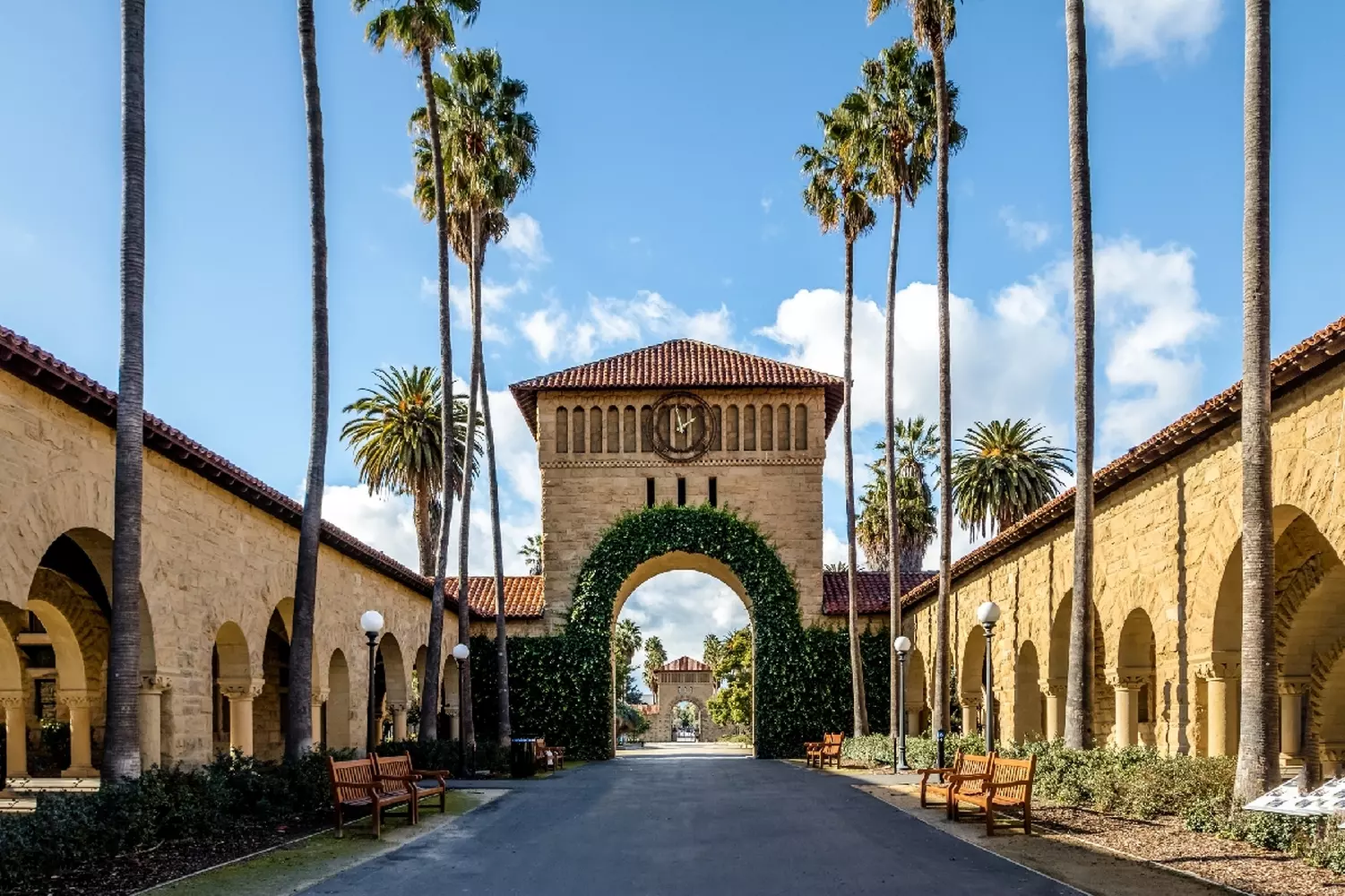
Discover Silicon Valley with American Butler
A quote you can hear here every day: "The best is yet to come." It's not just a slogan — it's a mindset.
No one here works just for the sake of ticking a box. Everyone lives by an idea. From the janitor to the CEO — everyone believes they are part of creating something big and important.
If you want not just to read about the technological future but to experience it firsthand — it’s time to go. And preferably with those who know the Valley from the inside.
American Butler organizes private tours, lectures, business visits, and educational routes through Silicon Valley. Visit the real offices of Google, Stanford, and Tesla, and discover how ideas capable of changing the world are born.



























